
Culture
10:57, 22-Feb-2018
Chengdu temple fair attracts visitors by observing tradition
By Yang Jinghao, Zhang Youze, Luo Caiwen
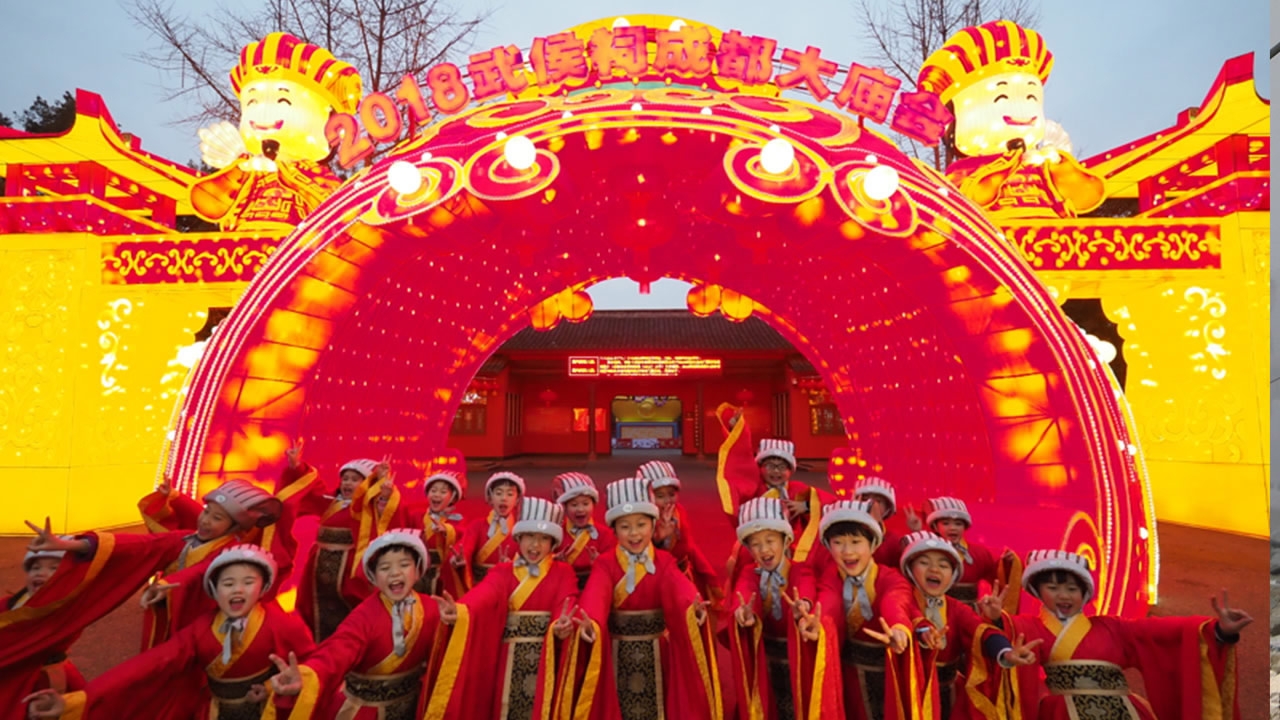
Dressed in traditional Han Chinese costumes, a group of children aged 7 to 10 are sending New Year wishes and little gifts these days to visitors in the Wuhou Temple, one of the popular tourist attractions in Chengdu, provincial capital of southwest China's Sichuan Province.
Just when many temple fairs in the country are losing their traditional atmosphere, the fair in this southwestern metropolis is gaining popularity by observing old traditions and unique local cultures.
Whether it’s lion dancing, large lanterns of various shapes, New Year paintings or delicacies from across the country, visitors to the Chengdu Temple Fair celebrating the Lunar New Year have found something to suit their tastes. Standing out among these activities are the “Little Gods of Happiness,” who are children dressed in festive attire.
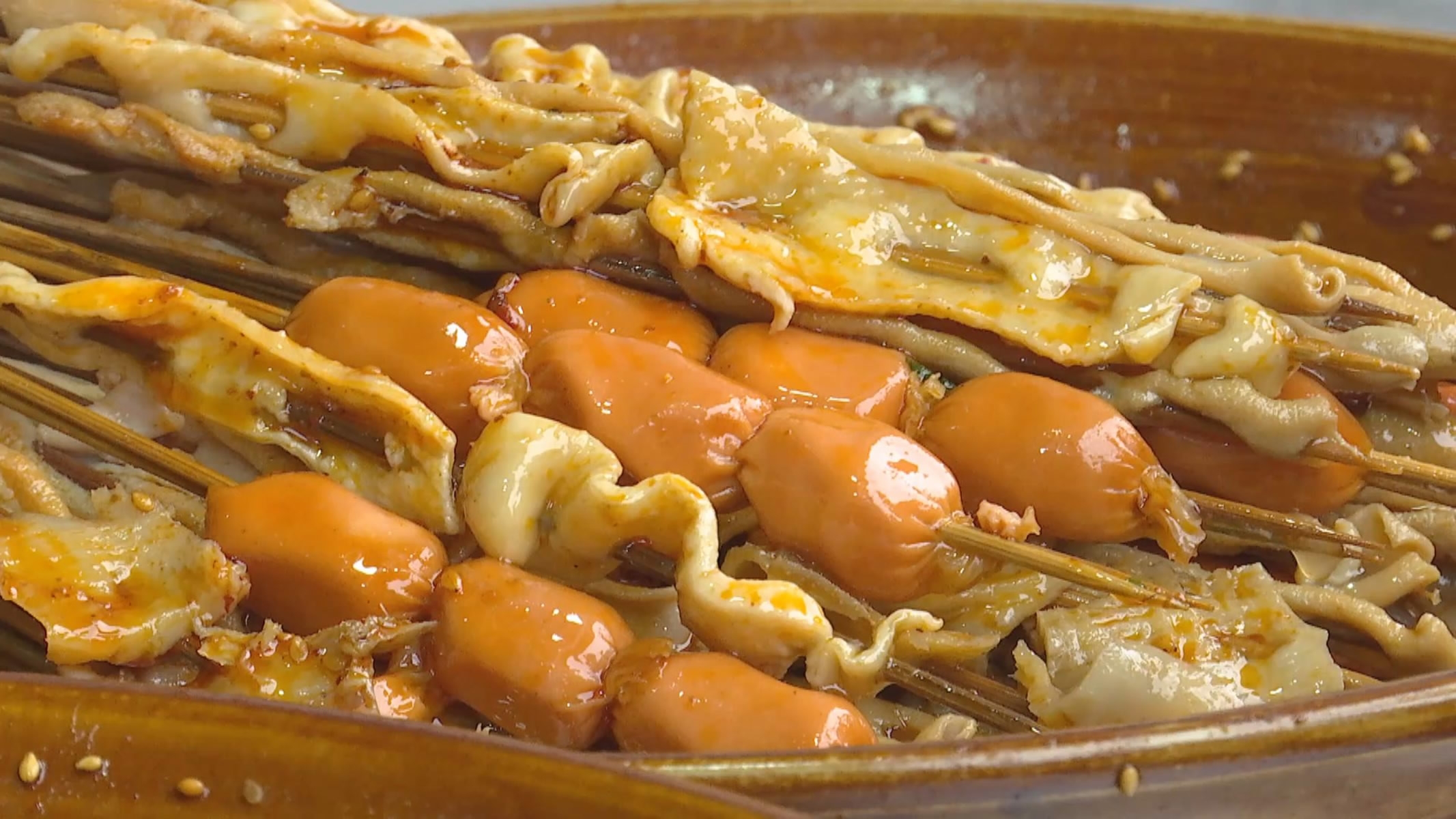
A kind of popular Sichuan local snack called Boboji is sold at the temple fair. / CGTN Photo
A kind of popular Sichuan local snack called Boboji is sold at the temple fair. / CGTN Photo
Worshiping the so-called “Gods of Happiness” during the Spring Festival for a peaceful and prosperous year has been a centuries-old custom in Chengdu. Over the past years, the fair has invited local children to act as the gods of fortune, putting a unique and endearing spin on traditional festivities.
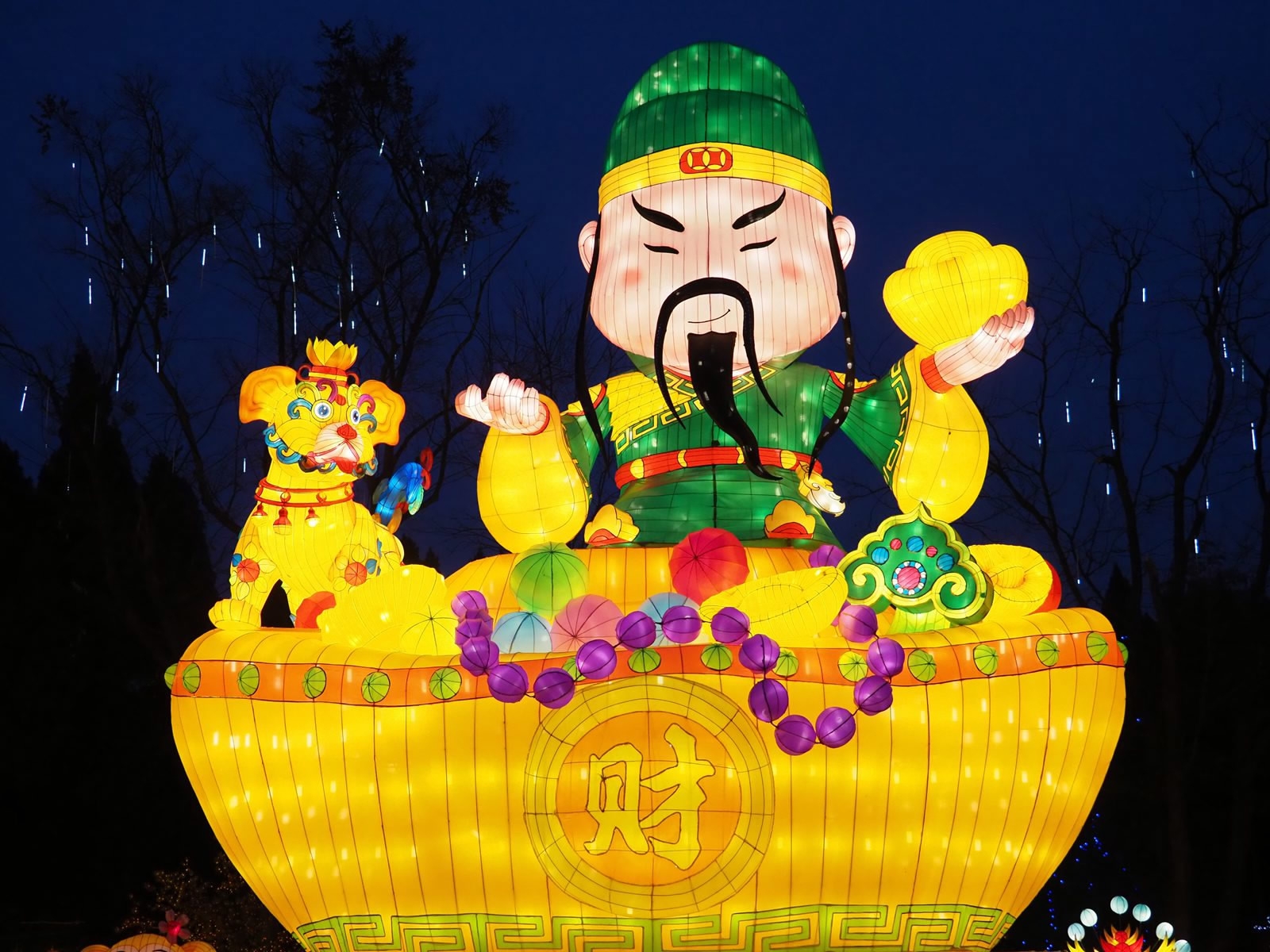
A large lantern shown at the temple fair takes Guan Yu, general of the Shu State of the Three Kingdoms Period as the prototype. / Courtesy of the Wuhou Shrine Museum
A large lantern shown at the temple fair takes Guan Yu, general of the Shu State of the Three Kingdoms Period as the prototype. / Courtesy of the Wuhou Shrine Museum
The Wuhou Temple is built in honor of Liu Bei, King of the Shu State in the Three Kingdoms Period almost 1,800 years ago, and Zhuge Liang, his prime minister and a renowned strategist, among other heroes of that period.
The organizer takes advantage of this vivid backdrop to instill all sorts of cultural and historical elements into the fair. For example, most of the lanterns are designed by taking the characters of this period as inspiration, and the “Little Gods of Happiness” also share knowledge related to the Three Kingdoms Period with visitors in a delightful way.
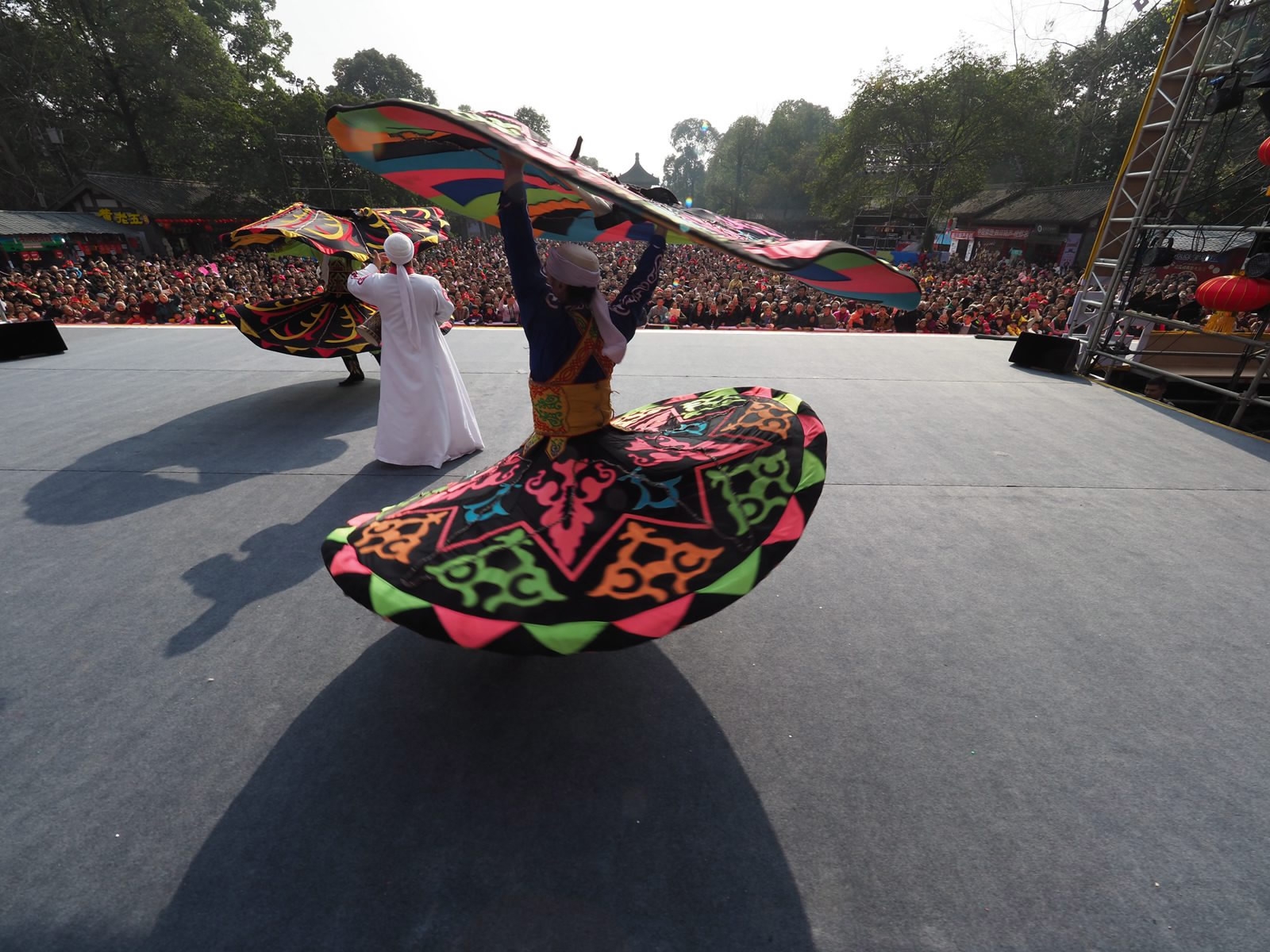
Performers from Egypt give a show at the temple fair. / Courtesy of the
Performers from Egypt give a show at the temple fair. / Courtesy of the
Performances of different kinds, including acrobatics, Sichuan Opera and exotic shows by performers from Ukraine, Russia, Egypt and other countries are also a must-see in this historic place. It’s fair to say that the carnival-like event is a blend of traditional and modern arts as well as Eastern and Western cultures.
Nowadays, people have more options to celebrate the Spring Festival, so traditional temple fairs face more obstacles in trying to attract younger generations. Staff at the Wuhou Shrine Museum told CGTN that they will keep exploring how to follow local Spring Festival traditions while seeking innovations in the coming years.
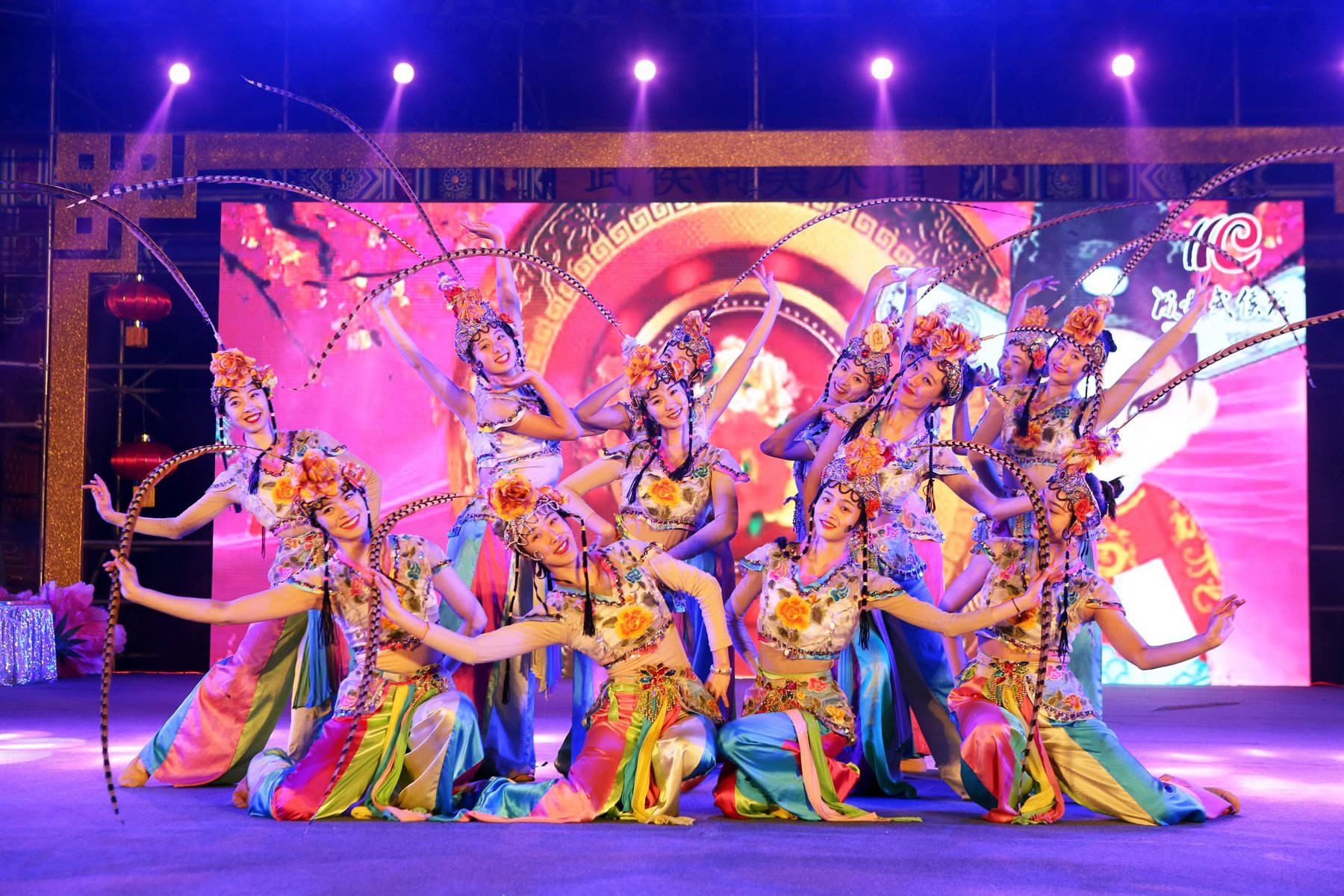
A group of Chinese dancers perform a folk dance at the temple fair. / Courtesy of the Wuhou Shrine Museum
A group of Chinese dancers perform a folk dance at the temple fair. / Courtesy of the Wuhou Shrine Museum

SITEMAP
Copyright © 2018 CGTN. Beijing ICP prepared NO.16065310-3
Copyright © 2018 CGTN. Beijing ICP prepared NO.16065310-3